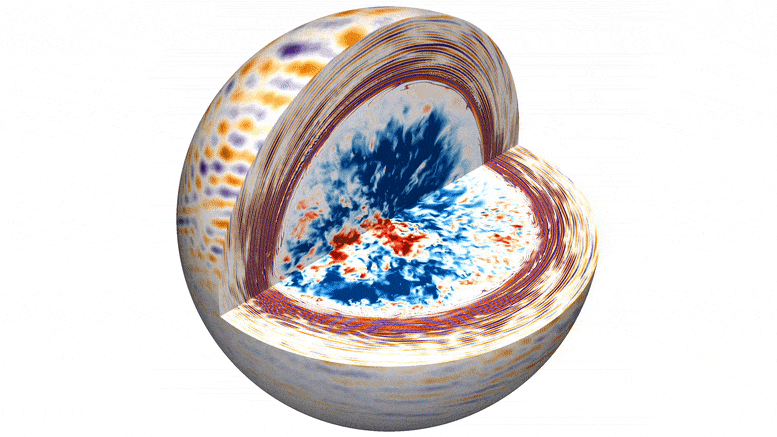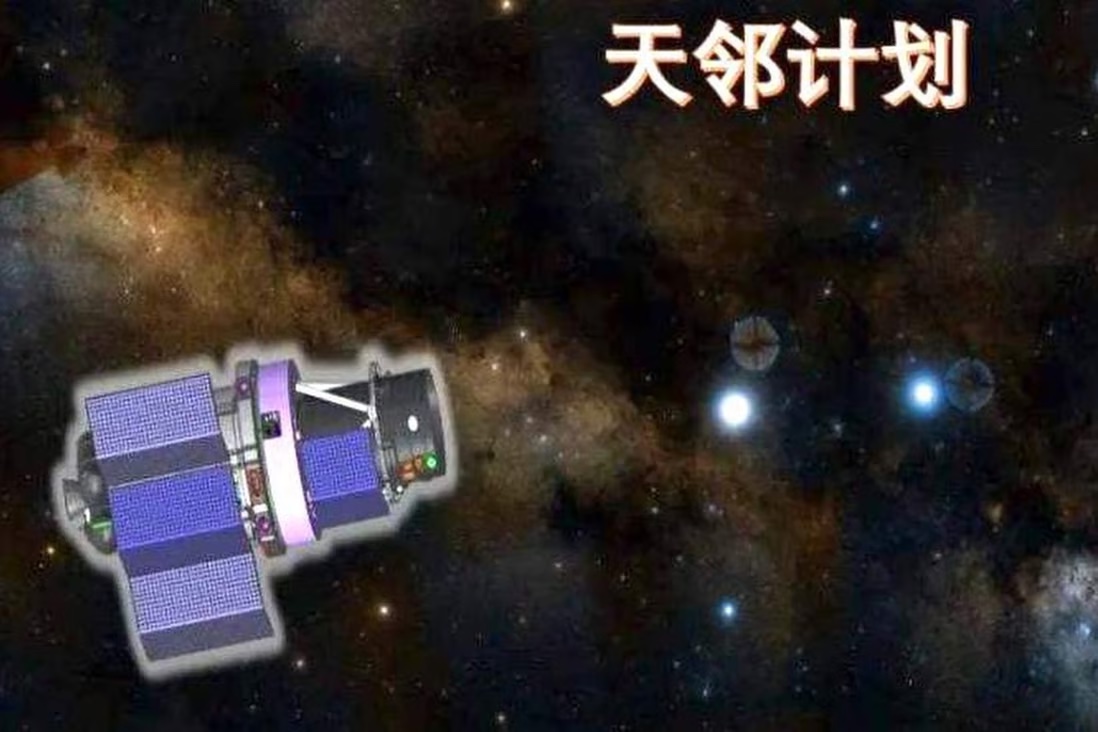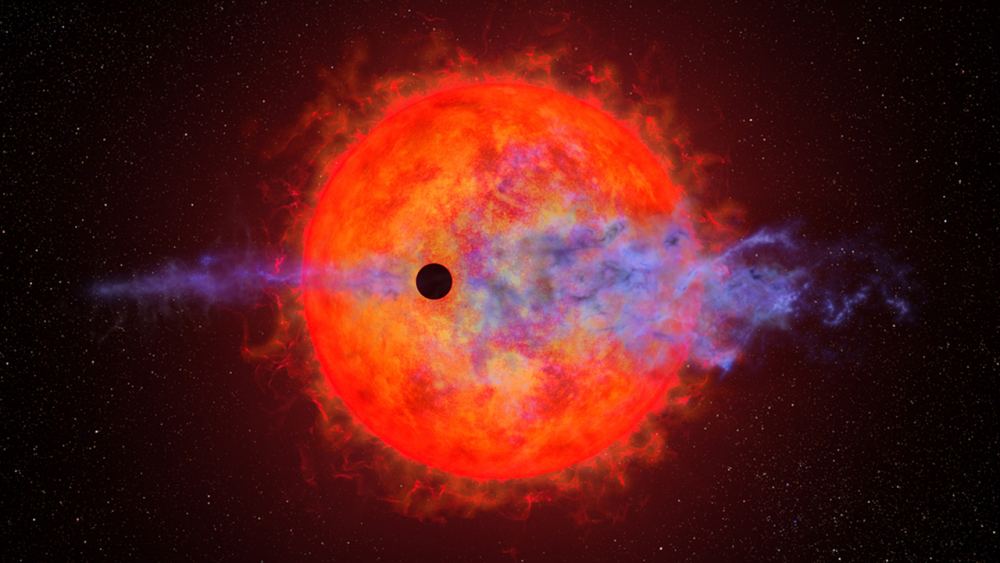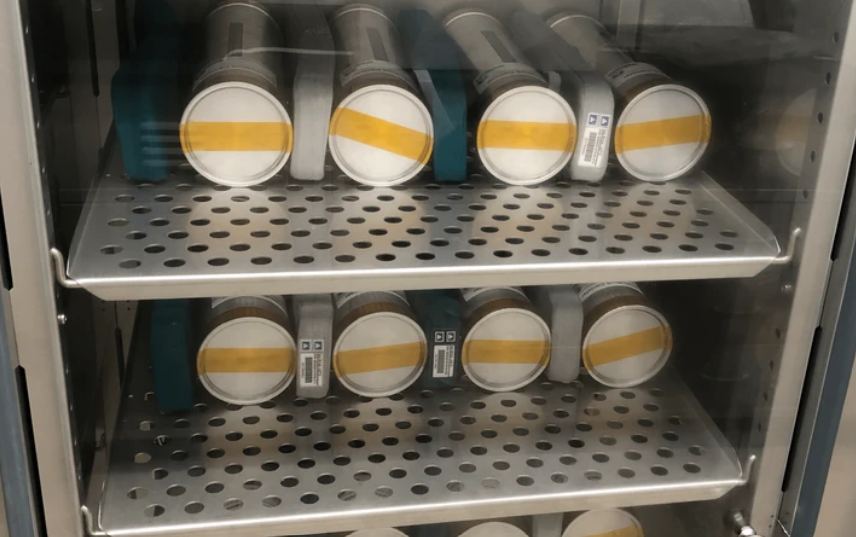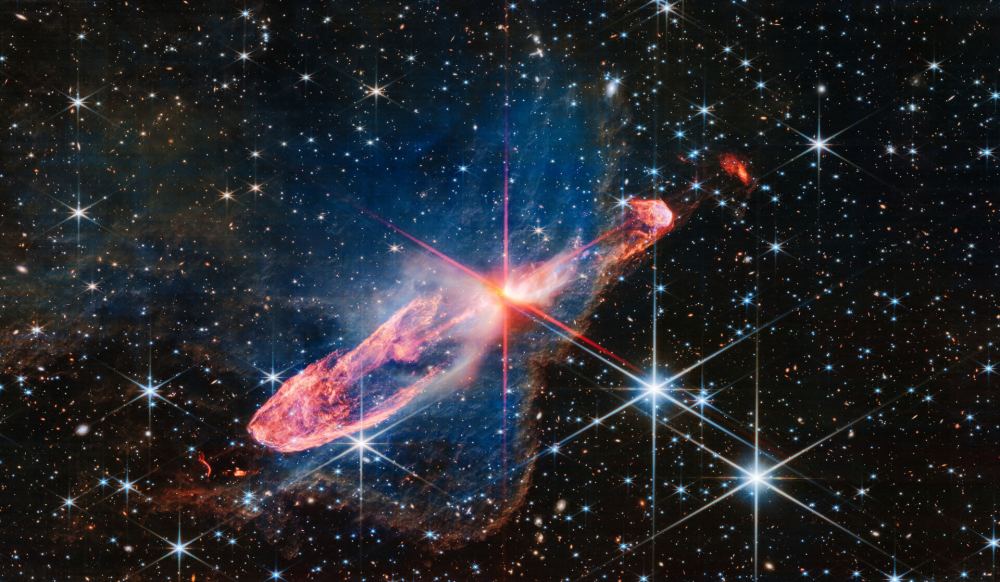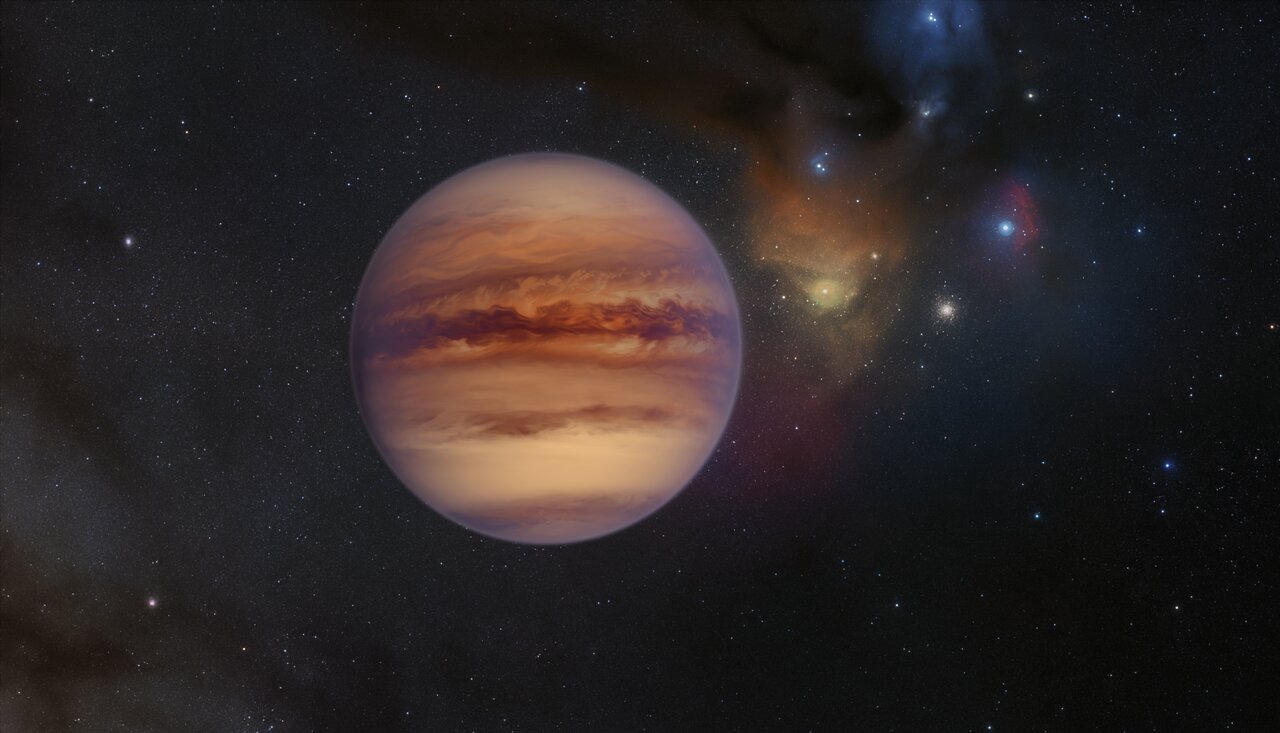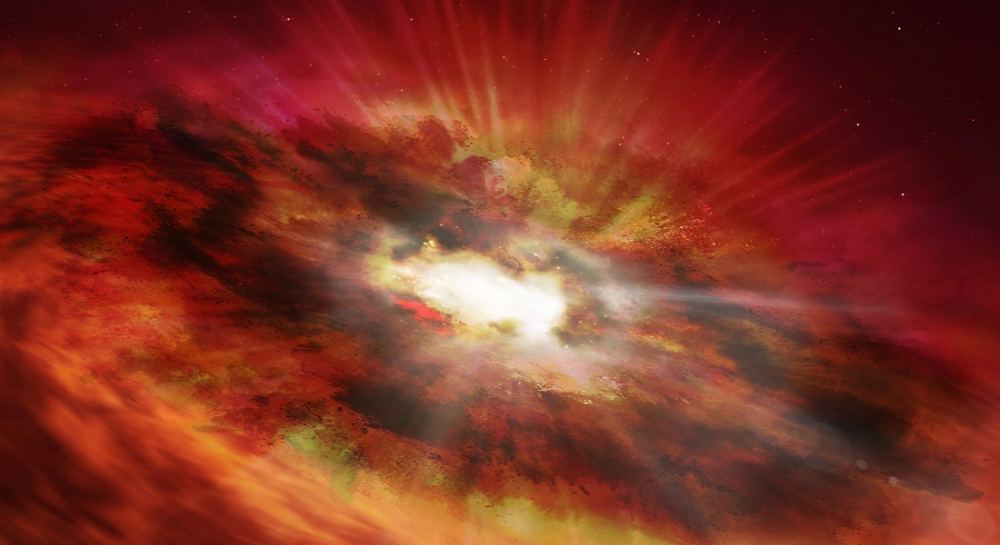It’s every space mission’s nightmare: losing contact with the spacecraft. In the best case, you recover it right away. Worst case, you never hear from your hardware again. On July 21, controllers lost contact with Voyager 2, out in the depths of space. Now they’re waiting for a reset to catch Voyager 2’s next message when it “phones home”. (Update: on August 2, NASA announced via its Twitter account that it has received a “heartbeat” carrier signal from the spacecraft.)
Continue reading “Oops. NASA Accidentally Points Voyager 2’s Antenna Away from Earth, Temporarily Losing Contact”Oops. NASA Accidentally Points Voyager 2’s Antenna Away from Earth, Temporarily Losing Contact




